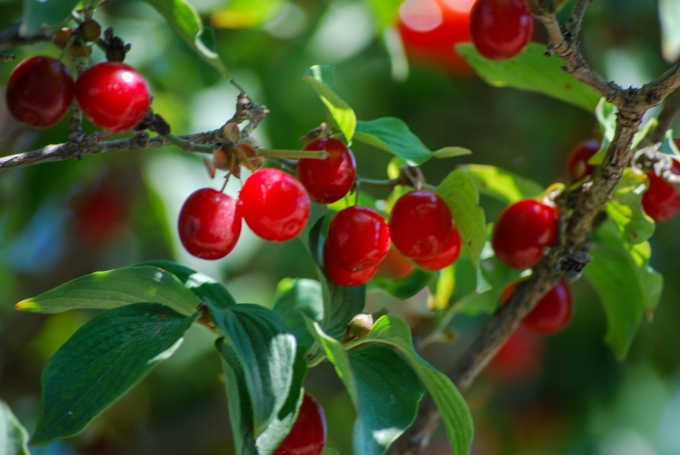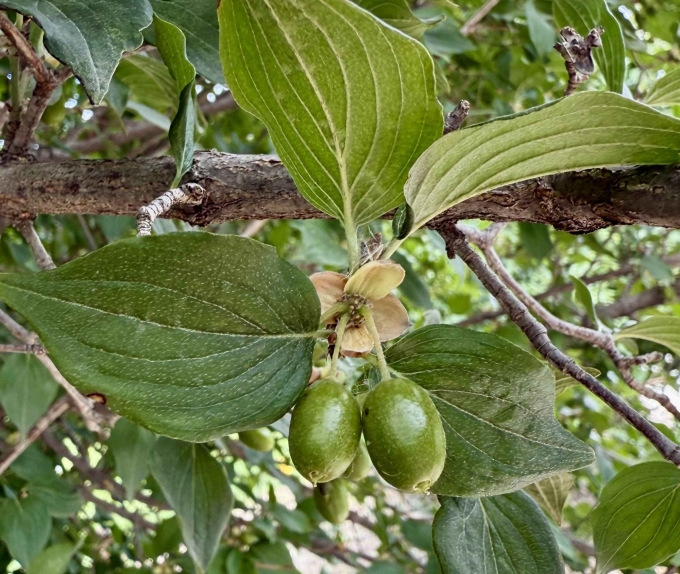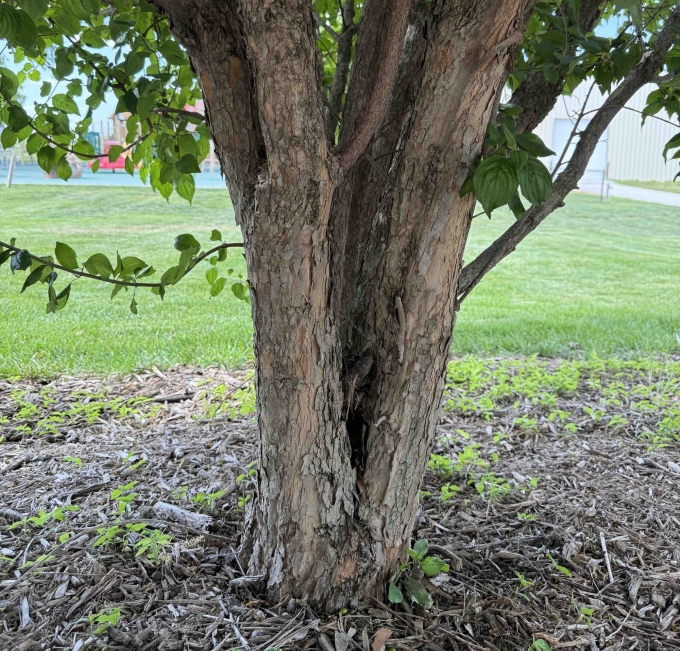Common Name: Cornelian Cherry Dogwood
Family: Cornaceae
Plant Type: Deciduous Shrub or Small Tree
Native Range: Europe and western Asia
Hardiness Zones: 4–8
Height: 15–25 feet
Spread: 12–20 feet
Bloom Time: Very early spring (March–April in Nebraska)
Bloom Description: Clusters of small, bright yellow flowers that appear before the leaves emerge
Sun Exposure: Full sun to part shade
Water Needs: Medium
Soil Preference: Well-drained soils; tolerates clay, loam, or sandy soils
Management Level: Low
Suggested Use: Specimen plant, hedge, edible landscape, wildlife garden
Attracts: Early-season pollinators, birds
Tolerates: Clay soils, urban conditions, drought (once established)
Notable Features: One of the earliest flowering shrubs/trees, edible red fruits, excellent wildlife value
Nebraska Growing Notes:
Cornelian Cherry Dogwood is a hardy, adaptable, and underused ornamental tree or large shrub for Nebraska landscapes. It blooms very early, even in late March or early April, often when snow is still on the ground, providing nectar for early pollinators.
It performs best in full sun to light shade and tolerates Nebraska’s clay soils and variable moisture well. Once established, it can withstand summer droughts.
After flowering, it produces glossy red, cherry-like fruits in midsummer that are edible (tart, used in jams and syrups) and attractive to birds. The dark green summer foliage often turns purple-red in fall, and its exfoliating bark adds winter interest.
Landscape Use:
Excellent as a specimen tree, ornamental hedge, or part of a wildlife-friendly landscape. Works well in edible landscapes thanks to its fruit, and its tolerance of urban conditions makes it suitable for streetscapes and public plantings. Combines beautifully with spring bulbs, witch hazel (Hamamelis), and redbuds for early-season interest.
Caution:
Non-toxic and wildlife-friendly. Fruit drop can be messy near patios or walkways, so consider placement accordingly. Prune after flowering if shaping is desired.




